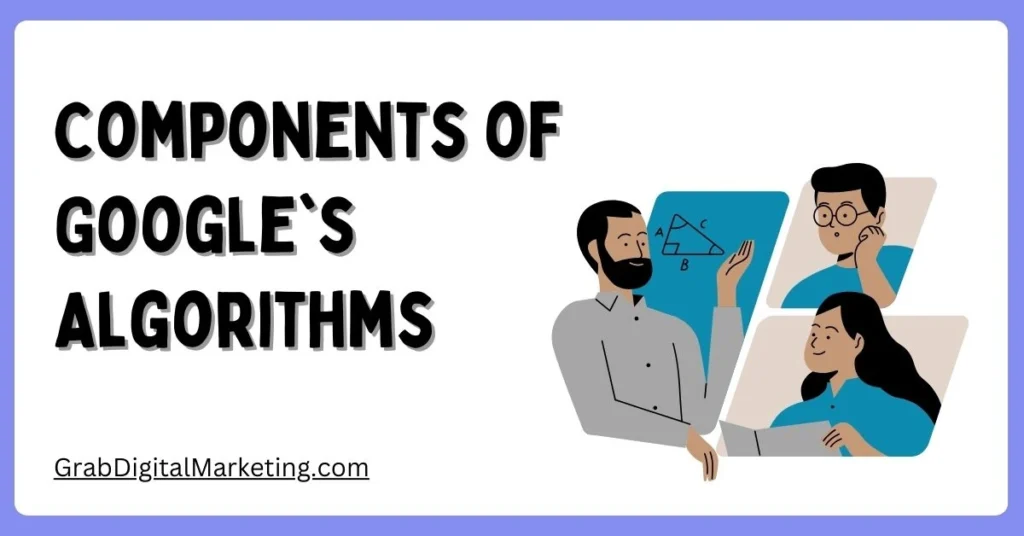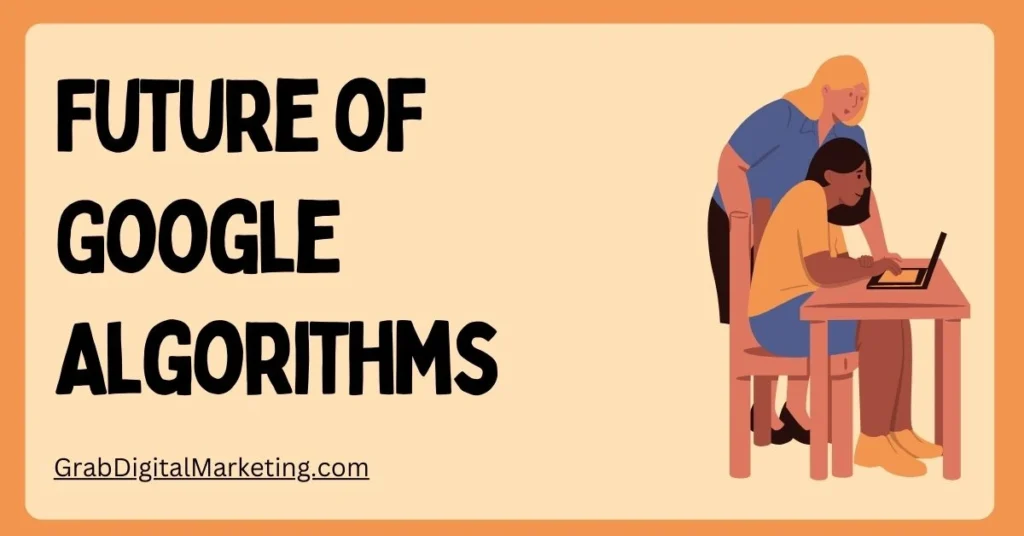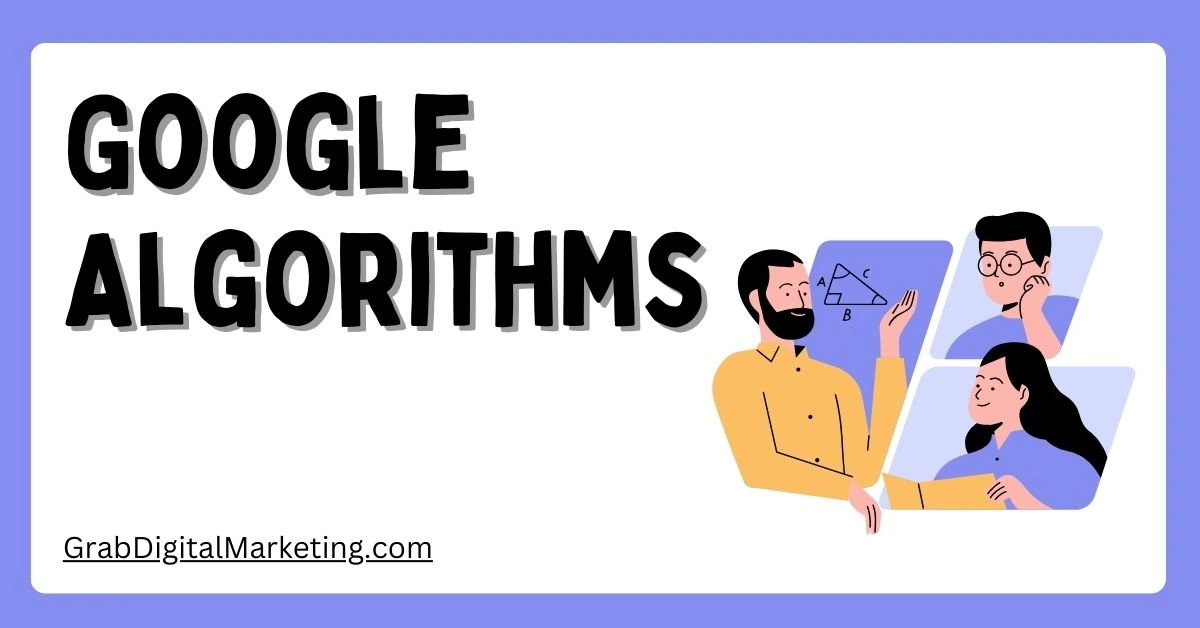What is a Google Algorithm?
A Google algorithm is a complex set of rules and calculations that Google uses to decide which ads to show on your website through Google AdSense. It analyzes your site’s content, the interests and behavior of your visitors, and a range of other signals to deliver the most relevant ads at the right time. This helps ensure that visitors see ads that match what they are looking for or interested in, increasing the chances they will click on them. The algorithm also runs real-time auctions where advertisers bid to have their ads shown, and the highest combination of bid and relevance wins. This system helps maximize your earnings by showing ads that are both engaging for users and profitable for advertisers, making Google AdSense an effective way to monetize your content.
Table of Contents
Sure thing! Algorithms are the secret sauce behind Google’s search engine, helping to deliver the most relevant results to your queries. Here’s an overview of the evolution of Google algorithms and their key components:
Google Algorithms Overview

Google AdSense uses sophisticated algorithms to automatically display ads that are most relevant to your website’s content and the interests of your visitors. The system analyzes your site’s text, topics, and user behavior to match advertisers’ bids with the best possible ad placements in real time. When someone visits your site, an auction happens behind the scenes where advertisers compete to show their ads based on their bids and the relevance to the visitor. This ensures that users see ads that are useful or interesting to them, which increases the chance they will click, helping you earn revenue. Google also adjusts ad formats and placements automatically to improve user experience while maximizing your earnings. Overall, the AdSense algorithm combines content analysis, user data, and advertiser bids to create a smart, dynamic ad environment that benefits both publishers and advertisers.
1. Early Days of Google Search

In the early days of Google Search, the engine started as a research project called BackRub in 1996 by Larry Page and Sergey Brin, who were PhD students at Stanford University. Their goal was to create a better way to navigate the growing internet by analyzing the importance of web pages based on how many other sites linked to them, a concept that became the foundation of their PageRank algorithm. This innovative approach made Google’s search results more relevant and useful compared to other search engines of the time. Google officially launched in 1998, quickly gaining popularity for its simple design and effective search capabilities. From those humble beginnings in a university garage, Google rapidly evolved to become the dominant search engine worldwide, revolutionizing how people find information online and laying the groundwork for services like Google AdSense.
2. Major Algorithm Updates

Google has made several major algorithm updates over the years that have significantly impacted how websites rank in search results and how Google AdSense displays ads. Some of the most notable updates include:
- Panda Update (2011): Targeted low-quality and thin content, rewarding websites with valuable, original content.
- Penguin Update (2012): Focused on penalizing sites with spammy or manipulative backlinks.
- Mobile-Friendly Update (2015): Boosted rankings for sites optimized for mobile devices as mobile usage grew rapidly.
- RankBrain (2015): Introduced AI and machine learning to better understand search intent and deliver more relevant results.
Core Algorithm Updates: Released several times a year, these broad updates refine Google’s ranking systems to improve search quality by rewarding helpful, trustworthy content.
3. Components of Google's Algorithms

Google’s algorithms, which power Google AdSense and search results, rely on several core components to decide which ads to show and how to rank content. The key elements include:
- Relevance: Google evaluates how closely ads and content match what users are searching for. This involves analyzing keywords, user intent, and the landing page experience to ensure ads are useful and interesting.
Quality - Content: Websites that provide high-quality, original, and valuable content are favored, as they offer a better experience for visitors, which in turn improves ad performance.
User - Experience: Factors like site speed, mobile-friendliness, and easy navigation are important, as they keep visitors engaged and reduce bounce rates.
Advertiser - Bidding: Google runs real-time auctions where advertisers bid to show their ads. The algorithm balances bid amount with relevance and quality to pick which ads appear.
Engagement - Metrics: Google tracks user interactions like click-through rates and conversions, using these signals to optimize which ads deliver the best returns.
4. Future of Google Algorithms

In simple terms, the components of Google’s algorithms for Google AdSense are the building blocks that help the system decide which ads to show, when, and to whom. These include relevance, to match ads with the content and user interests; quality, to favor well-designed, trustworthy websites; user experience, assessing factors like site speed and mobile-friendliness; and advertiser bids, where advertisers compete to display their ads through real-time auctions. Additionally, engagement metrics like click-through rate signal how effective ads are, and AI-powered automation continuously optimizes targeting and bidding to improve results. Together, these components create a smart, dynamic environment where ads are tailored to the right audience at the best moments, maximizing revenue for publishers while enhancing user satisfaction.

